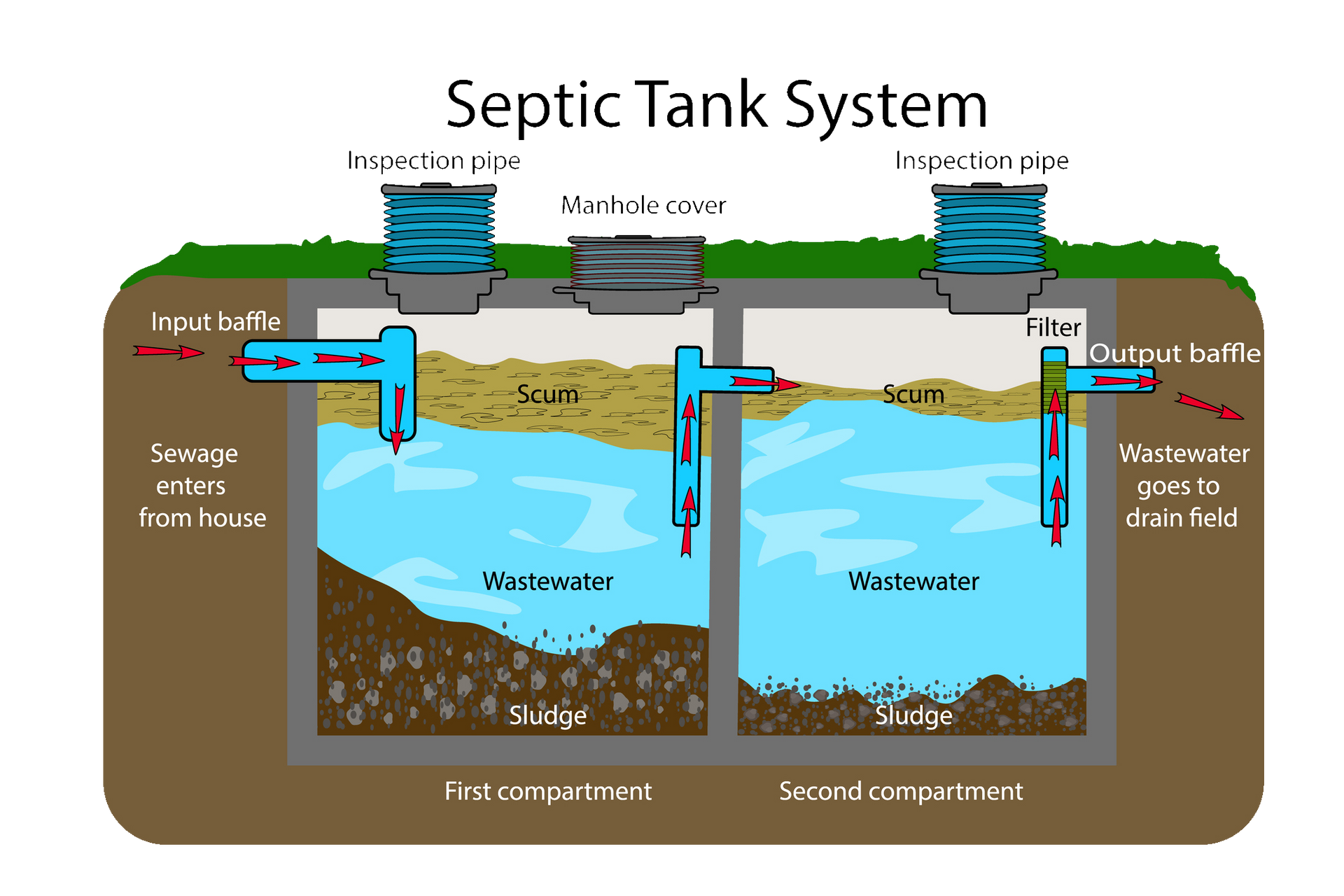Comprehensive Residential Septic Services
Geauga Septic Service, LLC can take care of your residential septic needs, no matter where you live in Geauga, Lake, Portage, or Cuyahoga Counties. Your residential septic system must be inspected and serviced regularly to preserve its longevity and effectiveness. If you ignore it, it could become a large, stinking problem and be quite expensive to fix or replace.
Since 1960, we have been in business and are qualified and competent. Allow us to identify your tank if you need help, and we’ll take care of any required cleaning or pumping before any issues arise. If your septic system needs repairing or replacement, we’ve got you covered! We also repair sewer lines and can see the problems with camera inspections and electric snaking. We can also install the septic system for your new construction home, as well as replace a current failing septic system!
Are you prepared to start? Contact Geauga Septic Service, LLC immediately via phone or fill out our form! We are eager to meet with you and learn how to help, and we have estimates available. Moreover, we provide an emergency service!
Types of Septic Systems

Septic systems come in two types: conventional and aerobic. Although the results of both systems (sewage breakdown and effluent treatment) are the same, their methodologies are not the same.
Conventional Septic Systems
More straightforward than aerobic septic systems are traditional or conventional septic systems. Solid waste that enters a septic tank and settles at the bottom condenses to form sludge. The same septic tank collects liquid waste, which floats to the top and contains a layer of scum. Water that may or may not be further treated before being discharged to the drain field is produced due to anaerobic bacteria in the tank helping break down the liquid and solid waste. The soil must be porous, the water tables around the drain field must not be overflowing, and there must be any restrictive horizons (bedrock) that would prevent wastewater from being absorbed.
Aerobic Septic Systems
Installing an aerobic septic system can be more expensive and challenging. A waste tank, a treatment facility, and a pump tank are the three sections that make up each unit. The three sections can be arranged separately or as a single unit. Like in conventional septic systems, liquid, and solid waste enter the garbage tank and separate into layers. Like a fish tank pump, an aerator pushes oxygen bubbles throughout the effluent as wastewater is carried to a treatment facility.
The extra oxygen is needed to give aerobic microorganisms, which break down waste more quickly and efficiently than anaerobic germs in the conventional approach, a stable habitat. The wastewater is then pushed into the pump tank for a final chlorine or disinfectant disinfection treatment to eliminate any remaining germs. It is considered environmentally safe to use on topsoil before the last stage of treatment, absorption into the soil.
Septic Estimates Available, Call Today!
Contact Information
P.O. Box 301 Newbury, OH 44065
Licensed, Bonded & Insured
Navigation







